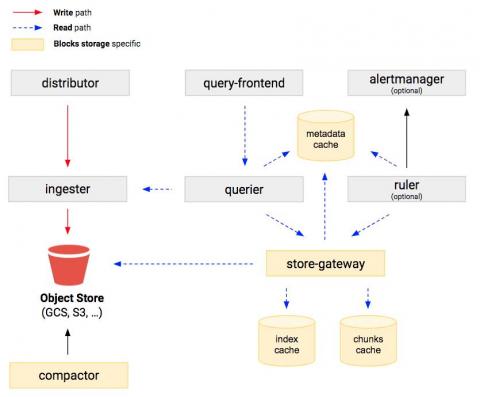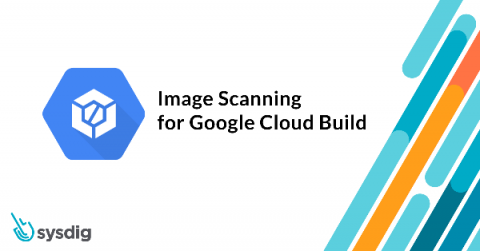How I Use Goliath to Monitor & Troubleshoot Citrix Daily
As an engineer, we’ve all been there. In the middle of an escalation, users are frustrated, management is hovering over you looking for updates every 5 minutes, while at the same time you are trying to troubleshoot the issue and figure out what’s going on. It’s a stressful situation to be in, and unfortunately one that we find ourselves in all too often in IT. Everyone just wants it fixed and they want it NOW!











